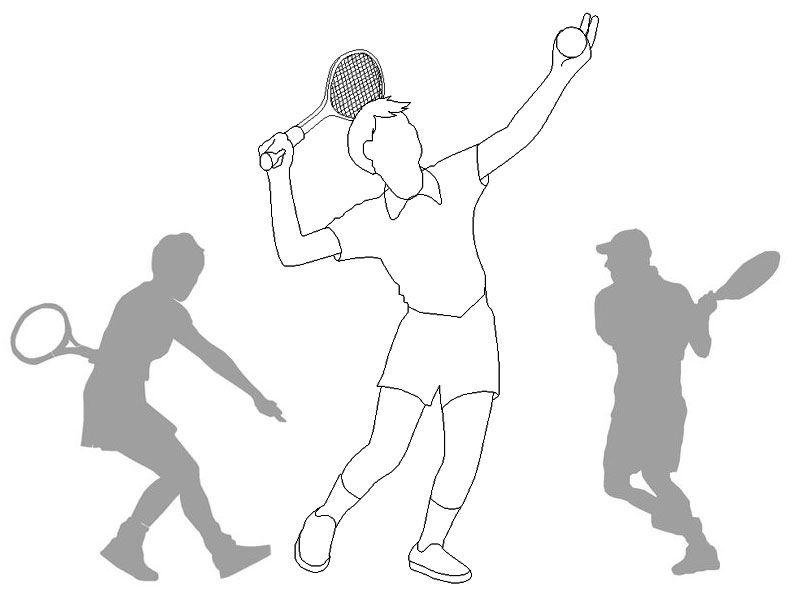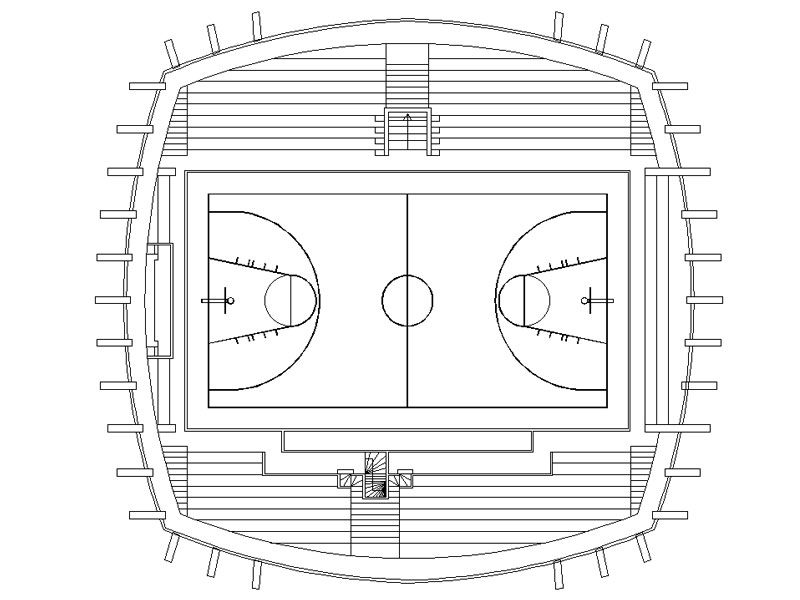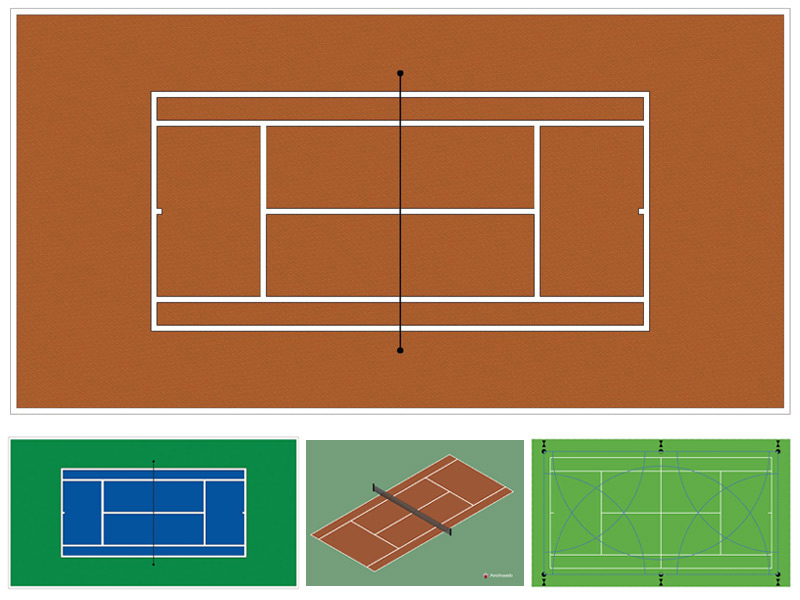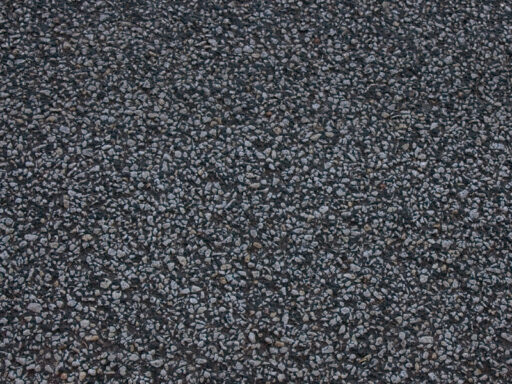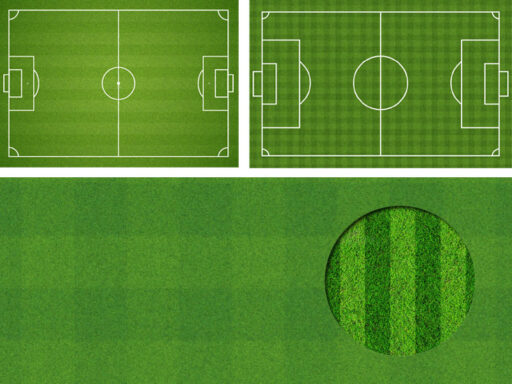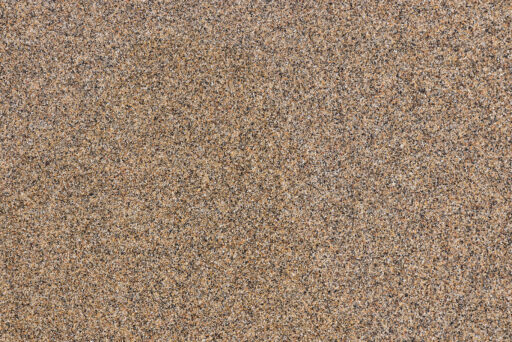Tennis Court
The construction of a tennis court - Dimensions and general characteristics

The construction of a tennis court requires careful planning, taking into account various technical and regulatory aspects to ensure the functionality and safety of the facility. A tennis court can be made of different materials and have different characteristics depending on its use (professional, amateur, indoor, outdoor), but there are certain aspects common to all courts.
Dimensions and general characteristics
The standard dimensions of a regulation tennis court are as follows:
- Length: 23.77 m (for single); 23.77 m (for double).
- Width: 8.23 m (for singles); 10.97 m (for doubles).
- Playing area: the court is divided by a net in the middle, with a height ranging from 0.914 m at the sides to the centre (0.76 m).
- Service line: two lines that are 6.40 m from the centre of the net.
- Floor and benches: the area around the court must be large enough to guarantee the safety and comfort of spectators and players. Generally, the side safety area must be at least 3-5 m, while the area behind the back lines can be up to 4-6 m.
Construction materials
The materials vary depending on the type of surface chosen for the court. Each type of surface has different characteristics in terms of playing speed, ball bounce and maintenance.
Clay surface
- Characteristics: clay is the most common surface in professional tournaments such as Roland Garros. It is slow and offers a high ball bounce. It allows good grip and facilitates movement.
- Material: clay is made of a mixture of clay, sand and other powders, such as limestone, and is usually treated with a granular finishing layer.
- Construction: a concrete or asphalt base is created, over which layers of materials (clay, sand, etc.) are spread and then compacted. The surface must be kept moist, so irrigation systems are required.
Cement (or asphalt) surface
- Features: the concrete surface is durable and easy to maintain. Play tends to be faster than on clay, with lower ball bounce.
- Material: concrete or asphalt, treated to achieve a smooth, even finish. Sometimes an acrylic coating is used to improve durability and adhesion.
- Construction: after laying a solid concrete or asphalt base, an acrylic paint is applied to create a uniform, weather-resistant surface.
Grass surface
- Features: the grass surface offers a very fast game with unpredictable bounces. Maintenance is quite costly. The game on grass is traditionally associated with tournaments such as Wimbledon.
- Material: natural grass on a prepared ground. The quality of the turf depends on the seeding, the type of grass and the care of the pitch.
- Construction: good drainage is essential, so the ground is prepared with a layer of sand and gravel under the grass to prevent water stagnation.
Synthetic surface (HardiCourt, artificial grass, etc.)
- Characteristics: these surfaces offer a compromise between the other options in terms of speed of play and maintenance. Play can be faster than on clay, but slower than on concrete.
- Material: synthetic surfaces are made of resins, artificial fibres (such as polypropylene or nylon) and sand.
- Construction: a synthetic court is usually built on an asphalt or concrete base, with a layer of synthetic material on top. This type of surface is resistant and offers good durability.
Phases in the construction of the tennis court
The construction of a tennis court includes several stages, ranging from the design to the final laying of the surface. Here is an overview of the main stages:
Planning and ground preparation:
- Choose the right location and take into consideration the slope of the land, availability of space and climatic conditions.
- The soil is levelled and preliminary preparation is carried out to ensure good drainage.
Fund:
- For beaten earth courts, a concrete or asphalt subgrade is made, on which the surface material is laid. For other types of pitch, the sub-base varies depending on the material chosen.
Surface:
- The final surface is applied: in the case of rammed earth, the clay layers are spread; for concrete and asphalt, the paint or synthetic coating is applied.
Tennis net and equipment:
- After completing the preparation and construction of the tennis court surface, the next step is to install the net and other necessary equipment.
- Installation of the net: The net must be stretched correctly, positioned at the correct height (0.914 m in the centre and 1.07 m on the sides) and securely fastened to the appropriate posts.
- Signposting: The lines of play are drawn, delimiting the different areas of the court, such as the service line, back line, sidelines and centre line. These must be clearly visible and comply with official regulations.
- Net posts: the posts must be solidly installed at the sides of the court, and in some cases may be adjustable in height.
- Accessories: Some tennis courts may also include lighting systems for night lighting, drainage systems to prevent water accumulation, and benches for the players.
- Once the installation of the net and accessories is complete, the court is ready to be used.
Maintenance
Each type of surface requires a different type of maintenance:
- Rammed earth: need for constant watering, regular levelling and removal of leaves and debris. In addition, layers of material may need to be reapplied periodically.
- Concrete/asphalt: easier maintenance, but may need periodic touch-ups for cracks or deterioration.
- Grass: needs regular cutting, watering and treatment against plant diseases.
- Synthetic surfaces: require regular cleaning and inspections for damage to the upper layers.
Construction cost
The cost of building a tennis court can vary greatly depending on the type of surface, the quality of the materials, the complexity of the terrain and the labour.
Building a tennis court requires attention to the quality of materials and detailed design. Each type of surface offers advantages and disadvantages that must be weighed against its intended use. With good planning and care, a tennis court can last for many years and offer excellent conditions for play.
The cover image is an Archweb processing of the following images:
In the upper part the field seen from above is by @ enterlinedesign on Depositphotos.com
In the lower part the photo is by @ EyeMark on Depositphotos.com






























































